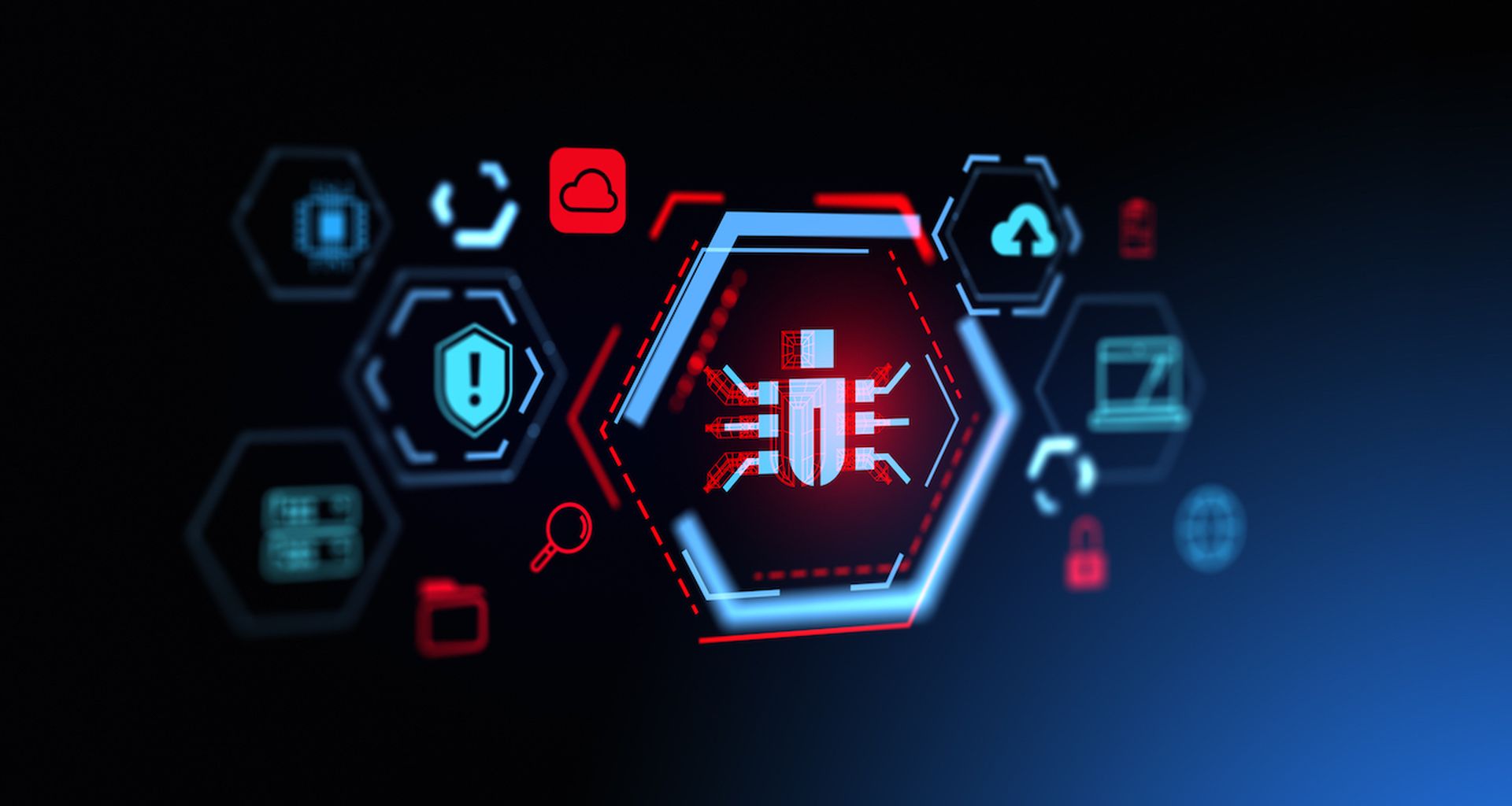U.S. hackers account for more malware, spam and phishing attacks than those in any other nation, new research has claimed.
According to the April MessageLabs Intelligence Report , the U.S. hosted 18.1 percent of the world's compromised (zombie) computers in the first quarter of 2006, although this figure was down substantially from a previous high of 44 percent in the second quarter of 2005.
"The growing trend of more targeted attacks was something we started to see in 2005, and we're continuing to see it gain momentum and also increase in sophistication. We are now also seeing this targeting move into other categories, such as with the increase in spear-phishing," said Mark Sunner, chief technology officer, MessageLabs. "While overall threat numbers remain largely stable, this only tells half the story. In reality, the cyber criminals are becoming more adept at drawing less attention to themselves, by sending out highly targeted virus and phishing attacks in smaller numbers, running smaller botnets and ultimately finding new ways to make money from victims around the world."
In April, the global ratio of spam in email traffic from new and unknown sources was found to have reached 58.5 percent, an increase of 0.7 percent on the previous month. When reviewing the overall spam rates on a quarterly basis, real spam levels were found to have not actually changed much since the same period a year ago. However, certain spam is becoming easier to filter out at the internet level as it comes from sources such as known botnets.
According to MessageLabs, April's global ratio of viruses in email traffic from new and previously unknown bad sources destined for valid recipients was one in 65.9 (1.5 percent), a decrease of 0.2 percent since March. With the exception of the Nyxem.E virus in January, the study has found that large-scale virus outbreaks have almost become a thing of the past, as attacks are becoming increasingly more targeted and with specific business motives. In Q1, the report also observed a rise in the number of specially crafted worms targeting the Mac OS X operating system.
April showed a decrease of 0.05 percent in the proportion of phishing attacks compared with the previous month, with one in 359.2 emails being a phishing attack. However, the number of phishing attacks increased by 1.1 percent as a proportion of all email-borne threats, now accounting for 15.6 percent of all malicious emails intercepted by MessageLabs in April.
MessageLabs warned that phishing will likely be on the rise in coming months, due to the increasingly targeted nature of phishing, known as spear-phishing.
In March, a number of phishing scams spoofing the Internal Revenue Service (IRS) were in circulation as the April 15 tax filing deadline approached.



